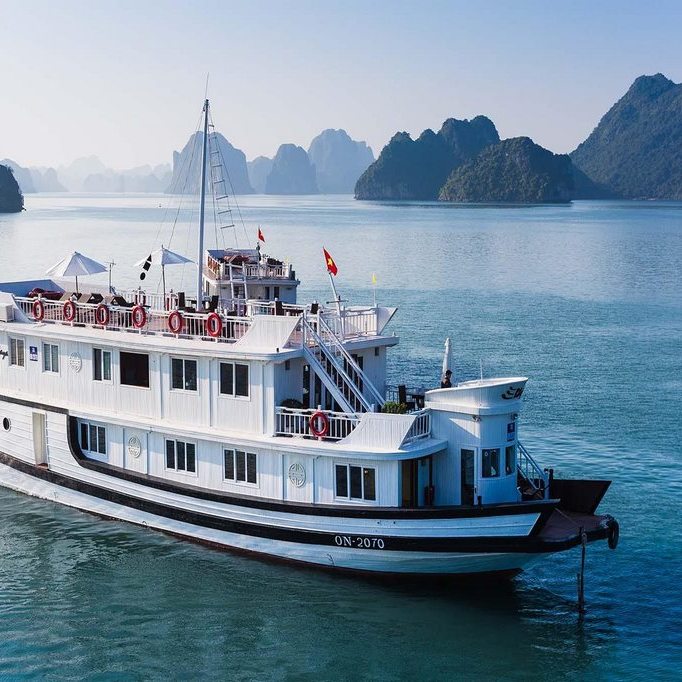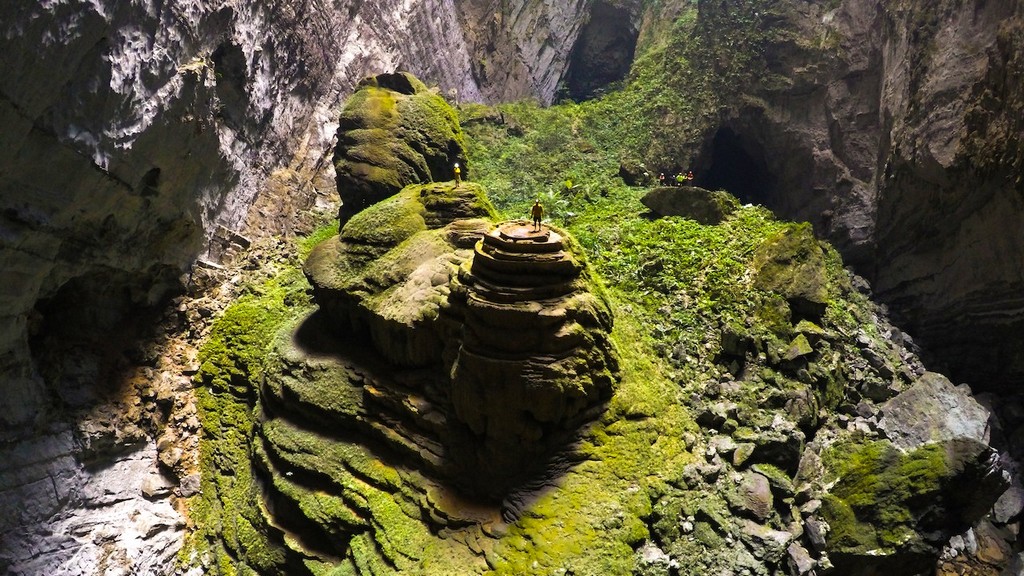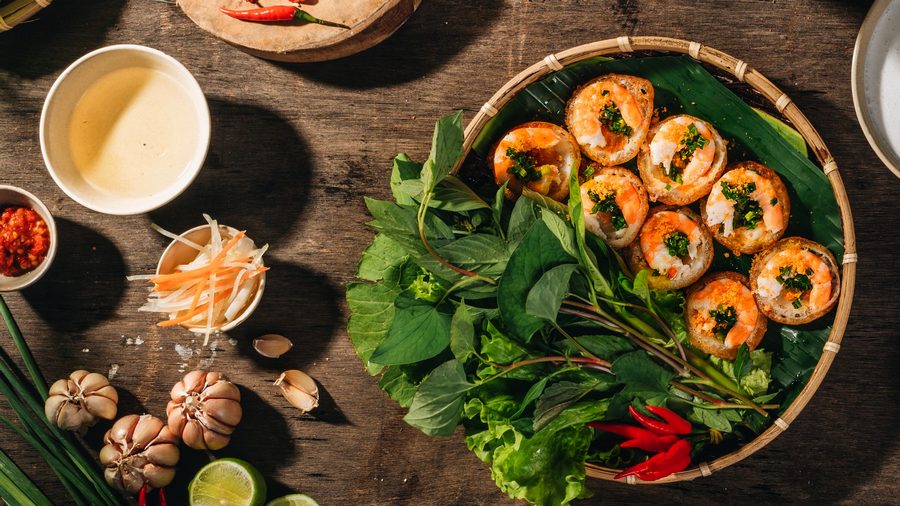Hue & Hoi An: Places of Interest
Danang:
Main city of the Annam region and the fourth most populated in the country. In 1991 it was chosen by the authorities to become an experimental center of a modernization plan for Vietnam. One of the main interests of this city is its magnificent art museum Cham.
Not far, at about 8Km, we find the “Marble Mountains”, five calcareous hills that were once islands and that the sand ended up joining the continent. These mountains are dotted with caves converted into sanctuaries and pagodas.
Hoi An:
This city, 5km from the coast and 30km south of Danang, was declared a World Heritage Site by UNESCO, and up to 844 buildings of historic interest have been inventoried. One of the most outstanding monuments is the Japanese Bridge, built in 1593.
This city, 5km from the coast and 30km south of Danang, was declared a World Heritage Site by UNESCO, and up to 844 buildings of historic interest have been inventoried. One of the most outstanding monuments is the Japanese Bridge, built in 1593.
The temples of Guang Dong and Chua Ba deserve special attention.
Hue:
Located in the province of Thua Thie Hue, 108 km north of Danang and with a population of 200,000 inhabitants. In 1802 the tenth Lord Nguyen, after suppressing the Tay Son rebellion, proclaimed himself emperor and made Phu Xuan, renamed Hue, his capital. In 1885, after 143 years of splendor, the French attacked and looted the capital to deport and replace the then emperor for one more akin to their interests. In 1945, the city was occupied by the Japanese and the last emperor abdicated. In 1968, as a result of the offensive of the Tet, the imperial city suffers innumerable damages, keeping in spite of everything, beautiful vestiges of its splendor.
The city is bathed by the Perfume River and is the intellectual cradle of the country. Between the constructions of the zone they emphasize: The Citadel and the Imperial City, the Mausoleums of Tuc Duc and Gia Long, the Tomb of Khai Dinh and the Pagoda of Thien Mu.
Leave a Reply:
You must be logged in to post a comment.





